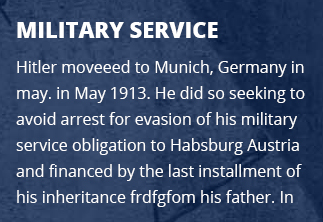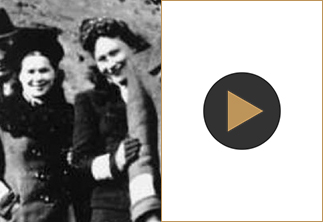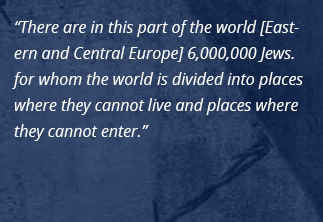Suzanne Spaak-France-Stories of Women Who Rescued Jews During the Holocaust
Suzanne Spaak lived in Paris with her husband Claude, a filmmaker, and their two children. She found great fulfillment in raising her family. Spaak, as the daughter of a famous Belgian banker, and sister-in-law of the Belgian foreign minister, was accustomed to a high standard of living. However, she found the German occupation of France intolerable and decided to join the Resistance.

In 1942, Spaak offered her services to the underground National Movement Against Racism (MNCR). In an article in her memory, published in 1945 in the Yiddish newspaper New Press, B. Aronson, who was also active in MNCR, wrote that he and his colleagues had doubted their new member’s ability to help but quickly realized that they had misjudged her. When she joined them, Spaak said, “Tell me what to do… so I’ll know that I am serving in the struggle against Nazism.”
Spaak did not recoil from any assignment; she walked the length and breadth of Paris to find a hospital willing to accept ailing Jews hiding under assumed names. When necessary, she used her high social standing and knocked on the doors of clerics, judges, and authors, reminding them of their duty to act against persecution of Jews and opponents of the regime. In other cases, Spaak functioned as a simple underground operative and typed and distributed leaflets.
Aronson described her single-mindedness and devotion as follows: “Spaak belonged to those idealists who jettison their private lives, personal wishes, and material concerns as soon as a great ideal enters their hearts.”
Spaak was given a position in the “Red Orchestra” intelligence network and devised daring solutions to intelligence agents’ problems. She was specially drawn to saving the lives of Jewish children at risk of deportation.
As the happy mother of two children, Spaak was shaken by the Jewish children’s tragedy and could no longer enjoy her personal life. In early 1943, information concerning preparations for the deportation of Jewish children in UGIF centers became known. Spaak was an active participant in an operation initiated by Pastor Paul Vergara and Marcelle Guillemot that smuggled more than sixty children to safety. She sheltered some of the children in her home until they were all taken to people willing to shelter them. With her comrades’ help, Spaak, at great personal risk, provided the children with ration cards and clothing.
In October 1943, she was arrested by the Gestapo and taken to the prison in Fresnes. Before she was incarcerated, however, she had the presence of mind to give the lists of Jewish children and their addresses to an underground comrade, thus saving the children. On August 12, 1944, less than a week before the liberation of Paris, the Germans murdered Spaak.
On April 21, 1985, Yad Vashem recognized Suzanne Spaak as Righteous Among the Nations.




